Philips 2008 Annual Report Download - page 67
Download and view the complete annual report
Please find page 67 of the 2008 Philips annual report below. You can navigate through the pages in the report by either clicking on the pages listed below, or by using the keyword search tool below to find specific information within the annual report.-
 1
1 -
 2
2 -
 3
3 -
 4
4 -
 5
5 -
 6
6 -
 7
7 -
 8
8 -
 9
9 -
 10
10 -
 11
11 -
 12
12 -
 13
13 -
 14
14 -
 15
15 -
 16
16 -
 17
17 -
 18
18 -
 19
19 -
 20
20 -
 21
21 -
 22
22 -
 23
23 -
 24
24 -
 25
25 -
 26
26 -
 27
27 -
 28
28 -
 29
29 -
 30
30 -
 31
31 -
 32
32 -
 33
33 -
 34
34 -
 35
35 -
 36
36 -
 37
37 -
 38
38 -
 39
39 -
 40
40 -
 41
41 -
 42
42 -
 43
43 -
 44
44 -
 45
45 -
 46
46 -
 47
47 -
 48
48 -
 49
49 -
 50
50 -
 51
51 -
 52
52 -
 53
53 -
 54
54 -
 55
55 -
 56
56 -
 57
57 -
 58
58 -
 59
59 -
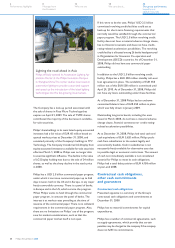 60
60 -
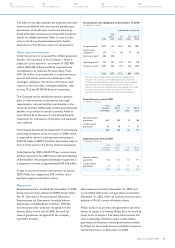 61
61 -
 62
62 -
 63
63 -
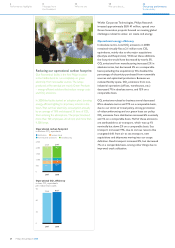 64
64 -
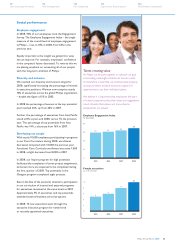 65
65 -
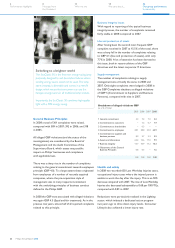 66
66 -
 67
67 -
 68
68 -
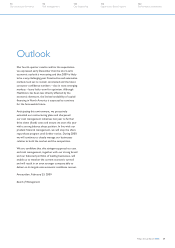 69
69 -
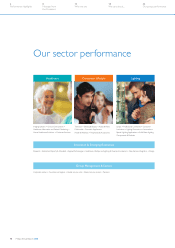 70
70 -
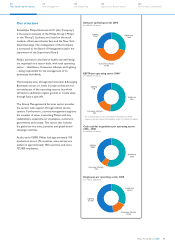 71
71 -
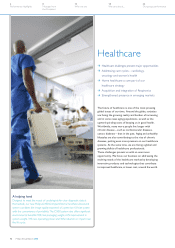 72
72 -
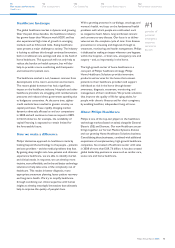 73
73 -
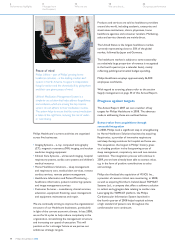 74
74 -
 75
75 -
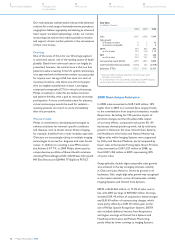 76
76 -
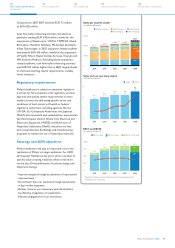 77
77 -
 78
78 -
 79
79 -
 80
80 -
 81
81 -
 82
82 -
 83
83 -
 84
84 -
 85
85 -
 86
86 -
 87
87 -
 88
88 -
 89
89 -
 90
90 -
 91
91 -
 92
92 -
 93
93 -
 94
94 -
 95
95 -
 96
96 -
 97
97 -
 98
98 -
 99
99 -
 100
100 -
 101
101 -
 102
102 -
 103
103 -
 104
104 -
 105
105 -
 106
106 -
 107
107 -
 108
108 -
 109
109 -
 110
110 -
 111
111 -
 112
112 -
 113
113 -
 114
114 -
 115
115 -
 116
116 -
 117
117 -
 118
118 -
 119
119 -
 120
120 -
 121
121 -
 122
122 -
 123
123 -
 124
124 -
 125
125 -
 126
126 -
 127
127 -
 128
128 -
 129
129 -
 130
130 -
 131
131 -
 132
132 -
 133
133 -
 134
134 -
 135
135 -
 136
136 -
 137
137 -
 138
138 -
 139
139 -
 140
140 -
 141
141 -
 142
142 -
 143
143 -
 144
144 -
 145
145 -
 146
146 -
 147
147 -
 148
148 -
 149
149 -
 150
150 -
 151
151 -
 152
152 -
 153
153 -
 154
154 -
 155
155 -
 156
156 -
 157
157 -
 158
158 -
 159
159 -
 160
160 -
 161
161 -
 162
162 -
 163
163 -
 164
164 -
 165
165 -
 166
166 -
 167
167 -
 168
168 -
 169
169 -
 170
170 -
 171
171 -
 172
172 -
 173
173 -
 174
174 -
 175
175 -
 176
176 -
 177
177 -
 178
178 -
 179
179 -
 180
180 -
 181
181 -
 182
182 -
 183
183 -
 184
184 -
 185
185 -
 186
186 -
 187
187 -
 188
188 -
 189
189 -
 190
190 -
 191
191 -
 192
192 -
 193
193 -
 194
194 -
 195
195 -
 196
196 -
 197
197 -
 198
198 -
 199
199 -
 200
200 -
 201
201 -
 202
202 -
 203
203 -
 204
204 -
 205
205 -
 206
206 -
 207
207 -
 208
208 -
 209
209 -
 210
210 -
 211
211 -
 212
212 -
 213
213 -
 214
214 -
 215
215 -
 216
216 -
 217
217 -
 218
218 -
 219
219 -
 220
220 -
 221
221 -
 222
222 -
 223
223 -
 224
224 -
 225
225 -
 226
226 -
 227
227 -
 228
228 -
 229
229 -
 230
230 -
 231
231 -
 232
232 -
 233
233 -
 234
234 -
 235
235 -
 236
236 -
 237
237 -
 238
238 -
 239
239 -
 240
240 -
 241
241 -
 242
242 -
 243
243 -
 244
244 -
 245
245 -
 246
246 -
 247
247 -
 248
248 -
 249
249 -
 250
250 -
 251
251 -
 252
252 -
 253
253 -
 254
254 -
 255
255 -
 256
256 -
 257
257 -
 258
258 -
 259
259 -
 260
260 -
 261
261 -
 262
262 -
 263
263 -
 264
264 -
 265
265 -
 266
266 -
 267
267 -
 268
268 -
 269
269 -
 270
270 -
 271
271 -
 272
272 -
 273
273 -
 274
274 -
 275
275 -
 276
276
 |
 |

Supplier performance
We continued to drive progress in our Supplier
Sustainability Involvement Program in 2008. A total
of 572 audits of Bill of Material (BOM) and non-
product related (NPR) identified risk suppliers were
carried out in 2008, comprised of:
244 initial audits of new suppliers, including those
•
from acquisitions, new sites or spend growth
exceeding EUR 100,000
33 continual conformance audits at suppliers audited •
in 2005, and
295 resolution audits focusing on zero-tolerance •
issues (for example: child labor, continual seven-day
work weeks, immediate life-threatening situations,
slave labor conditions and banned substances).
The majority (80%) of BOM-related audits were
conducted in China, where the vast majority of
non-compliances (89%) were found.
2008 supplier audit results
The most frequently identified issues coming out of
the 277 initial and continual conformance audits were
as follows:
Zero-tolerance – emergency preparedness (blocked fire •
exits); occupational safety (immediate threat to health and
safety); working conditions (exposure to hazardous
substances); working hours (continual seven-day work
weeks); and lack of environmental permits.
Limited-tolerance – improper handling/processing of •
chemical waste; working hours (above legal limits/60
hours a week); wages and benefits (below minimum
wages and absence of legal overtime payment);
environmental performance objectives do not meet
legal requirements; lack of industrial hygiene (lack of
personal protective equipment); occupational injury
and illness (no medical treatment facility).
Increased speed of resolution
During 2008 we focused on resolving zero-tolerance
issues, leading to a 60% improvement in resolution
speed. During the last four months of the year all zero-
tolerance issues were resolved within 105 days, down
significantly from the average resolution time of 250
days in 2007. At year-end there were no zero-
tolerance issues older than three months.
The most frequently identified zero-tolerance issues
related to occupational health and safety risks and
continual seven-day work weeks. Health and safety
issues can be resolved quickly. Dealing with working
hours often entails installing extra shifts with additional
personnel, which can take at least a month.
Where no improvement could be established,
25 suppliers were phased out.
Lost workday injuries
per 100 FTEs
1.00
0.75
0.50
0.25
0
0.78
2005
0.78
2006
0.81
2007
0.68
2008
Distribution of supplier audits by country
as a % of BOM-related audits in risk countries
China 80
India 1
Taiwan 3 Others 2
Brazil 4
Mexico 5
Malaysia 4
Indonesia 1
Distribution of non-compliances by country
as a % of BOM-related audits in risk countries
China 89
Taiwan 1
India 1
Mexico 4
Malaysia 3
Indonesia 2
Distribution of non-compliances by grouping
as a % of BOM-related audits in risk countries
Labor
22
Health
and safety
27
Environmental
19
Management system
27
Ethics
5
Philips Annual Report 2008 67
122
Performance statements
114
Supervisory Board report
110
Our leadership
94
Risk management
70
Our sector performance
